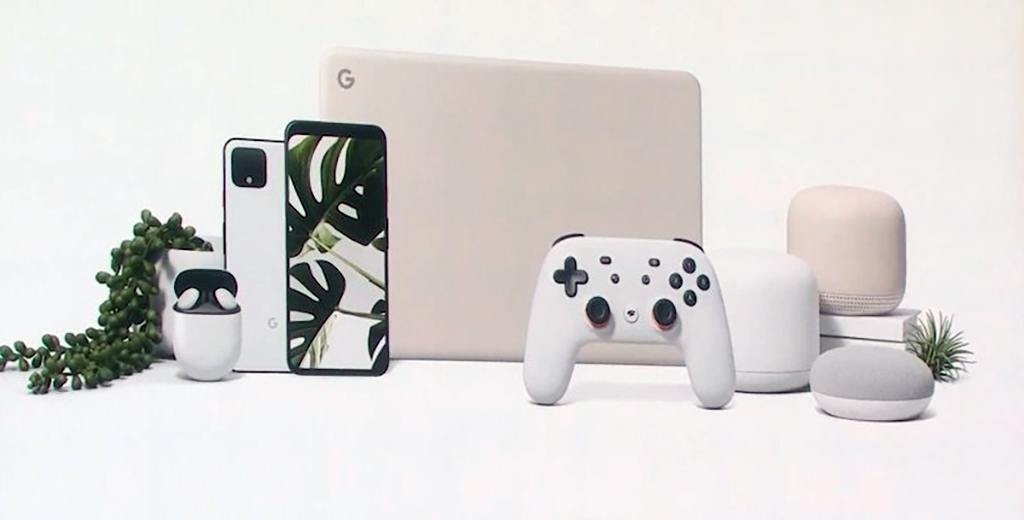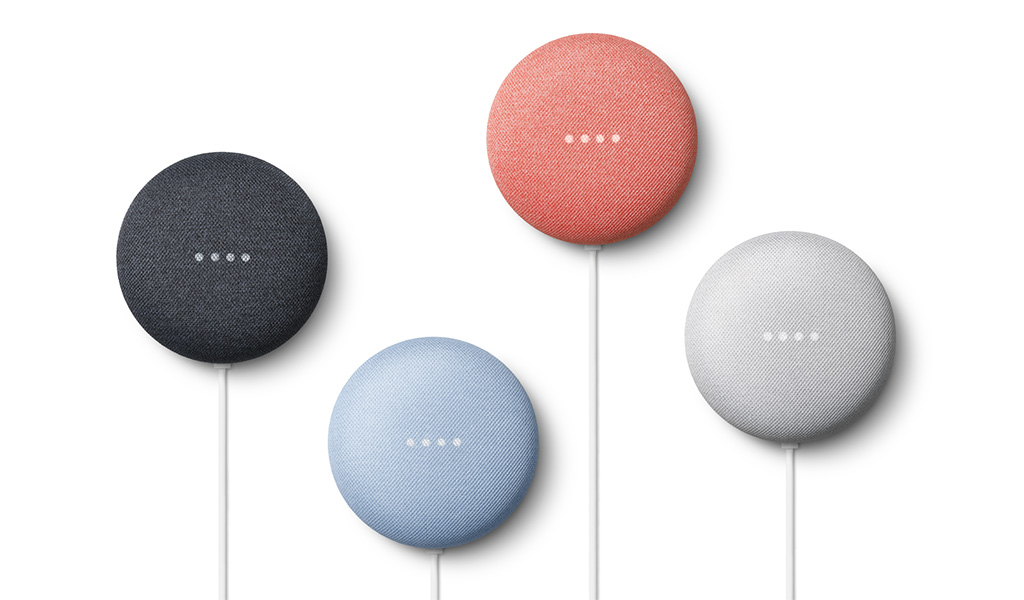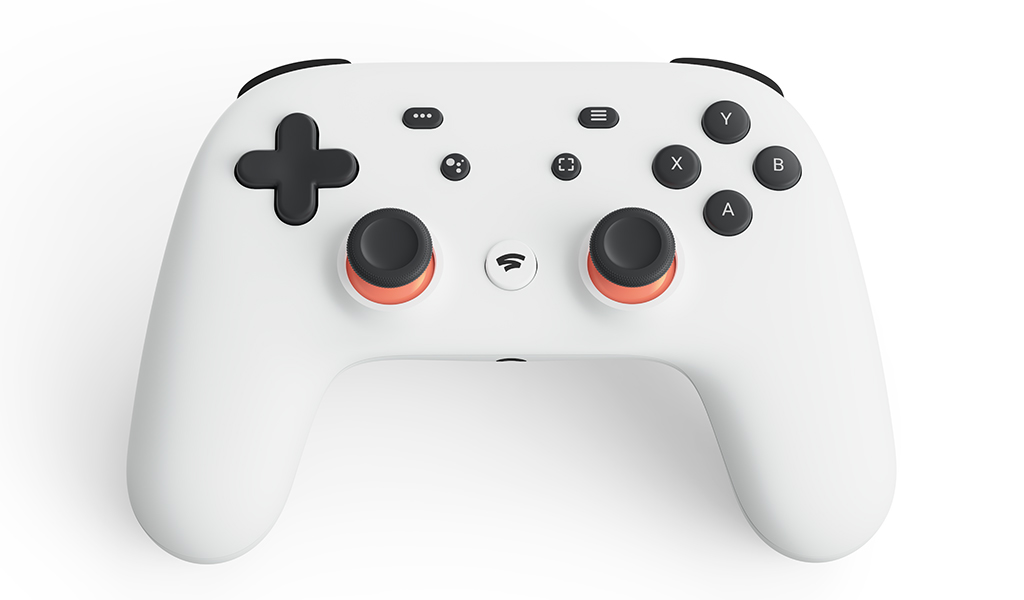
Google confirmed what many suspected when it officially announced its latest new Google products, including two Pixel 4 phones, plus a new Pixelbook and Nest Mini.
The Pixel 4 had been so heavily leaked up to this point that Google even acknowledged some of the details. From that standpoint, the look of the new Pixel 4 and Pixel 4 XL is hardly a surprise, but not all the software improvements were known until today.
The same was true of the Pixelbook and Nest Mini. Rumours swirled for both devices going into today’s “Made by Google” event. Now that they’ve all been confirmed, here are the details on what to look forward to.
![]()
Google Pixel 4 and Pixel 4 XL
The Pixel 4 is not a huge departure from the design of the Pixel 3, save for the removal of the notch from the larger of the two. The Pixel 4 has a 5.7-inch 1080p display, while the Pixel 4 XL has a 6.3-inch 1440p display. Both will have a 90Hz refresh rate, keeping up with what some other vendors have done, though that move may also have something to do with Google’s Stadia video game streaming platform.
Key to the new setup on the front is the array of sensors that make up the new Motion Sense feature. Using hand gestures, you’ll be able to accept an incoming call or skip a track with a simple wave. Google also claims these are the first phones to include a radar sensor, which can help expedite things with Google’s own face unlock feature.
Unfortunately, there are no fingerprint sensors on either phone, as the company moved in favour of face unlock. Google says it’s so fast that it starts working from the moment you lift your phone.
Another neat addition is the voice recording app that transcribes audio in real-time—without a data connection. The feature lives on the device itself, so doesn’t require the cloud to pick up on language and apply it to text. For anyone doing interviews or covering lectures, this is a huge help.
Google Pixel 4 camera
There was real anticipation over the Pixel 4’s camera. For the first time, Google adds a second lens to the back—a 16-megapixel (14mm equivalent) telephoto shooter with 2x zoom. That will complement the 12-megapixel main wide lens, which is the same as the one equipped in the Pixel 3. Interestingly, unlike other competitors, the company chose to not go with an ultra-wide lens, insisting that telephoto is better.
The 2x zoom is a mix of optical and digital zoom, and helps enable features, like Super Res Zoom, introduced last year as a way to get closer to a subject without having a true zoom lens to do so.
In trying to maintain its position as one of the best phone cameras available, there are several new features to help make that case. Live HDR+ will show how Google’s processing works in real-time, letting you also adjust both exposure and shadows in an image to capture the effect you were going for. “Truer colours” will also come out of each photo, courtesy of improved white balance in every mode.
Night Sight will also take an extra step forward by adding improvements beyond the skies—literally. Google is adding astrophotography to the mix, giving you a chance to take long exposure shots that could capture the stars.
Portrait mode should be better than it already was, thanks to using both lenses to shoot subjects that are larger or further away. Pets remain a tough one to get right, though Google says it improved how fur and strands will look.
Only further testing will bear all this out, and rest assured, there will be a full review of the Pixel 4 and 4 XL right here on the blog.
Pre-orders for both phones begin now leading up to the launch on October 24.
![]()
Google Pixelbook Go
Google’s newest Chromebook is directly related to the previous Pixelbook, a high-end model that is arguably one of the best Chromebooks to date. The new Pixelbook Go is smaller in stature and designed in a slightly different way.
It has a ridged design at the bottom that Google says will make it easier to hold and less prone to slipping on any surface. It’s 13mm thin and weighs two pounds, so maintains a thin and light profile. It’s not made of aluminum, but rather magnesium, though the company says the switch in building material shouldn’t make a difference in durability.
Open it up and there’s a 13.3-inch 1080p HD display with a 16:9 aspect ratio, thereby going with a more rectangular screen than the 3:2 aspect ratio of the Pixelbook. Curved edges along the body give it a smaller look overall, and the keyboard is flanked by speaker grilles for audio output.
There are two USB-C ports, with one on either side, and they can both work as charging and peripheral inputs. And there is a headphone jack too. The fast charger that comes with the laptop can provide up to two hours of power in a quick 20-minute charge. Google claims battery life of up to 12 hours per charge, but real-world testing will probably knock that number down a little.
The Pixelbook Go will come in a few different configurations. The base model will have 64GB of internal storage, 8GB of RAM and an 8th-gen Intel Core m3 processor. That goes up to 128GB, 16GB of RAM and a Core i7 processor at the highest-end of the group.
It’s also coming in two colours: just black and not pink. You can pre-order yours now before it comes out on October 25.

New Google Nest Mini
The Nest Mini (formerly known as the Google Home Mini) gets an update with a new model that should be better than its predecessor in a number of ways. It maintains the same puck-like design, while also coming with a wall-mount on the bottom in case you want to prop it up.
Google says it has double the bass of the previous one for clearer natural sound. A third mic inside should hear you better in noisier environments. A dedicated machine learning chip is built-in to improve core Google Assistant features and have them sometimes run on the device itself instead of always going to the cloud.
Beyond being faster, you also get the usual features of making and taking phone calls on the Nest Mini, or using it as an intercom to communicate with family members in other rooms. There are capacitive buttons on the unit to control play/pause and volume, but not trigger Google Assistant itself—a lesson Google learned from last time.
The company announced that all Nest products produced in 2019 would include recycled materials. The fabric used for the Nest Mini comes from recycled water bottles, with other reusable plastics helping craft the base as well.
You can pre-order the new Nest Mini now.

Other announcements
Google Stadia, the company’s streaming video game platform, will go live on November 19. Google finally settled on a controller design that was heavily influenced by knife handles, claiming it will feel comfortable in all hands. You can get more information on Stadia and what to expect here.
A new pair of Pixel Buds are coming, though you won’t be seeing them until 2020. These are true wireless earbuds made to offer better audio quality and a slew of dynamic features. Chief among them may be the language translation and long-range connection. It can stay connected to a phone from three rooms away, or across a football field when outside. Volume also dynamically changes based on your environment.
Google’s Nest Aware subscription service for security cameras will cover all Nest cameras in a home. For Nest Cams and Nest Hello doorbells, you will no longer need to subscribe for each camera, but rather lump them together into one. Pricing for Canada is still unclear, however.
Google’s Nest Wifi will also improve upon the previous system’s performance with better coverage. The company says a two-point system can cast the same mesh that a current three-point system does, though only real testing can prove that. The system will come to the United States first, with a Canadian launch to follow at a later date.
Check out all the latest from Google, as well as current devices.



